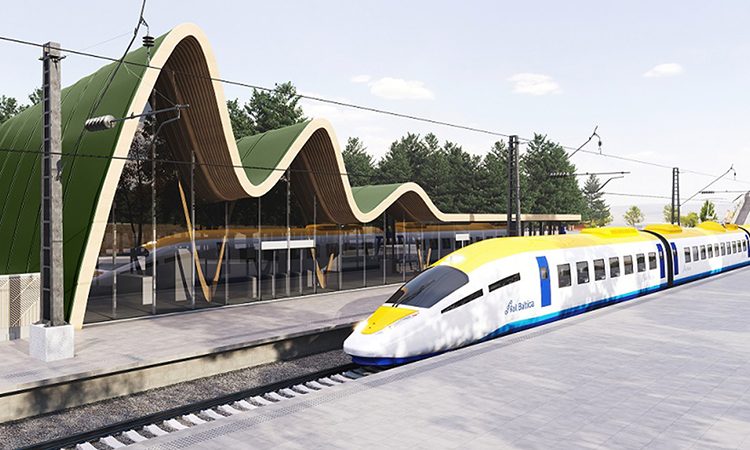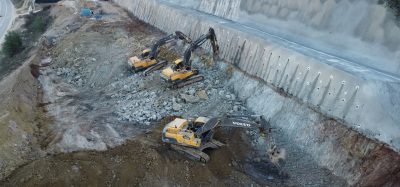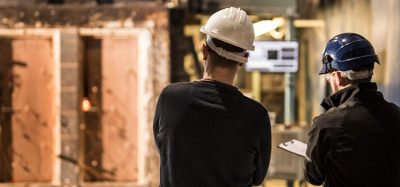Rail Baltica enters negotiation phase for Control-Command and Signalling subsystem contract
Posted: 3 April 2025 | Gabriel Higgins | No comments yet
RB Rail AS begins a one-month negotiation phase with qualified tenderers for the Rail Baltica CCS subsystem, aiming for the best technical and financial solution.


Credit: Rail Baltica
RB Rail AS has officially commenced a one-month negotiation phase with all tenderers invited to submit initial bids for the Design and Build (D&B) tender of the Rail Baltica Control-Command and Signalling (CCS) subsystem. The aim of these negotiations is to refine and enhance both the technical and financial proposals, seeking the best possible solution that meets the project’s requirements while staying within the budget.
Details on Rail Baltica CCS negotiations
The following candidates have successfully qualified and submitted bids for the negotiation phase:
-
GTS Deutschland GmbH (Germany)
-
Hitachi Rail STS S.P.A. (Italy)
-
A consortium of Indra Sistemas, S.A. and AŽD Praha S.R.O. (Spain and Czech Republic)
-
A consortium named “SKGN Baltics” (Latvia, Germany, Finland, Austria)
-
A consortium named “ALSTOM – COBRA – FIMA” (France, Latvia, Spain)
The contract with the chosen supplier is expected to be signed by the end of 2025.
“Given the scale of this procurement, the commission has invested significant time to ensure that all requirements and criteria are clearly defined and well understood. The CCS subsystem is a critical component of the railway infrastructure – it is essential for ensuring safe operations, smooth cross-border train movement, and efficient traffic management across the Rail Baltica network,” said Aiga Benfelde, Acting Head of Procurement at RB Rail AS.
She added, “The CCS design builds on established European signalling system ERTMS, on some initiatives such as Shift2Rail and incorporates proven technical solutions like EULYNX. These elements contribute to a harmonized and future-proof signalling system that meets the latest EU standards. The system architecture also includes a flexible Traffic Management System, energy-efficient power supply, and modern cableway infrastructure. In addition, strong safety and cybersecurity frameworks are being integrated from the start to meet the requirements of a high-speed, cross-border railway.”
Related topics
Digitalisation, European Rail Traffic Management System (ERTMS), Infrastructure Developments, Passenger Experience/Satisfaction, Procurement, Regulation & Legislation, Safety, Signalling, Control & Communications, Technology & Software








